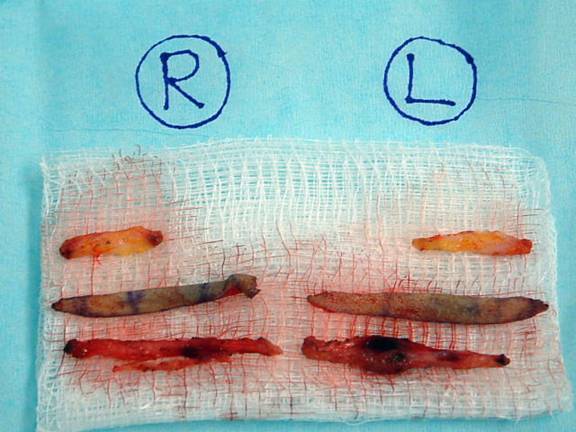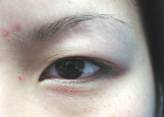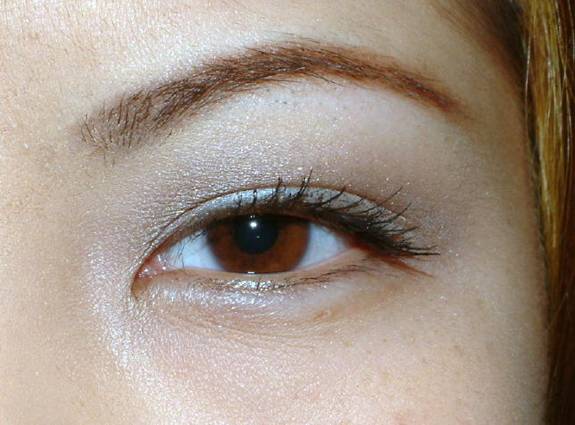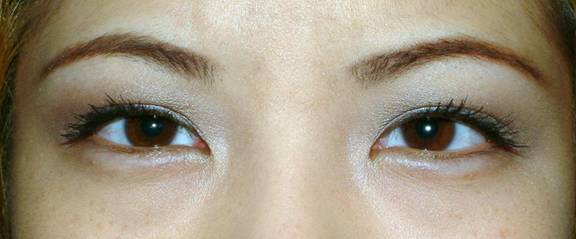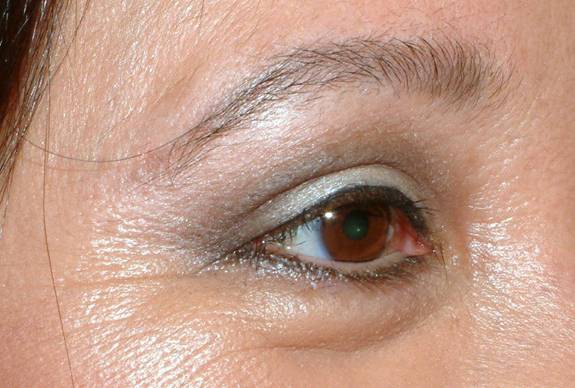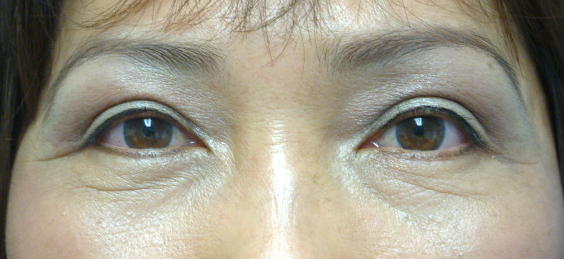Sunday, October 8, 2006
11010
Upper Blepharoplasty for Asian Eyelid is not a Westernizing Procedure
INTRODUCTION.
Although Asian women may be very fond of the western features of the Caucasian eyes, they do not want to have a westernized look to their upper eyelids. What is considered “dramatic, glamorous, exotic” by the westernizing procedure is really not desirable for the Asian upper lid. Asian patients want an improved but natural appearance.
PURPOSE.
Combining the different esthetic concept of Asian patients and their anatomical upper eyelid structures, this paper attempts to show how to achieve a pleasing appearance of the upper lids without losing their Asian characteristics.
TECHNIQUE.
The upper blepharoplasty for Asian lids is in sharp contrast to a westernizing procedure; the latter, in our estimation, calls for the following:
1. Division or intentional exposure of the levator aponeurosis.
2. Direct attachment of the lower skin flap to the aponeurosis.
3. Formation of a double fold that is higher than the natural crease.
4. And no consistent mention of removal of submuscular fat.
By patients' desire, the upper blepharoplasty takes into consideration the following salient features of the Asian upper lid:
1. The double fold crease is always present, however slight it may be.
2. This crease corresponds to the upper border of the tarsal plate, which is narrow.
3. The double fold is therefore narrower than the Caucasian equivalent.
4. The puffiness, if present, is accounted for primarily by the submuscular fat, especially laterally.
5. The epicanthal fold is NOT a deformity.
Accordingly, the crucial technical considerations of the Asian upper lid procedure are:
1. The natural height of the double fold is preserved.
2. The submuscular fat pad, if present, is always removed.
3. The periorbital fats are rarely excised.
4. The aponeurosis is NEVER divided.
5. The lower skin flap is attached to the upper border of the tarsus via superficial tissue, anchoring at the mid-pupil line and usually lateral to it only.
6. And skin closure is a single-layered, continuous stitch to allow redraping of the skin, thus avoiding or minimizing wrinkles in the medial canthal area.
RESULTS.
The clinical result of a westernizing procedure typically shows:
1. The double fold crease is deeply invaginated.
2. The double fold height is thus not esthetically smaller than the aperture.
3. The end result is loss of the original Asian look, and the overall appearance now is neither Western nor Asian, but simply westernized.
In contrast, the Asian upper lid procedure consistently brings about the following:
1. The double fold crease falls along its normal curve on the eyelid.
2. The double fold height is natural but now more defined.
3. And the final appearance of the upper lids is pleasing yet remains distinctly Asian.
CONCLUSION.
The Asian upper blepharoplasty can be a consistently satisfying procedure because the result can be consistently satisfactory--if the clinical features of the Asian upper eyelid are OBSERVED, PRESERVED, and ONLY IMPROVED UPON.
View Synopsis (.doc format, 28.0 kb)




